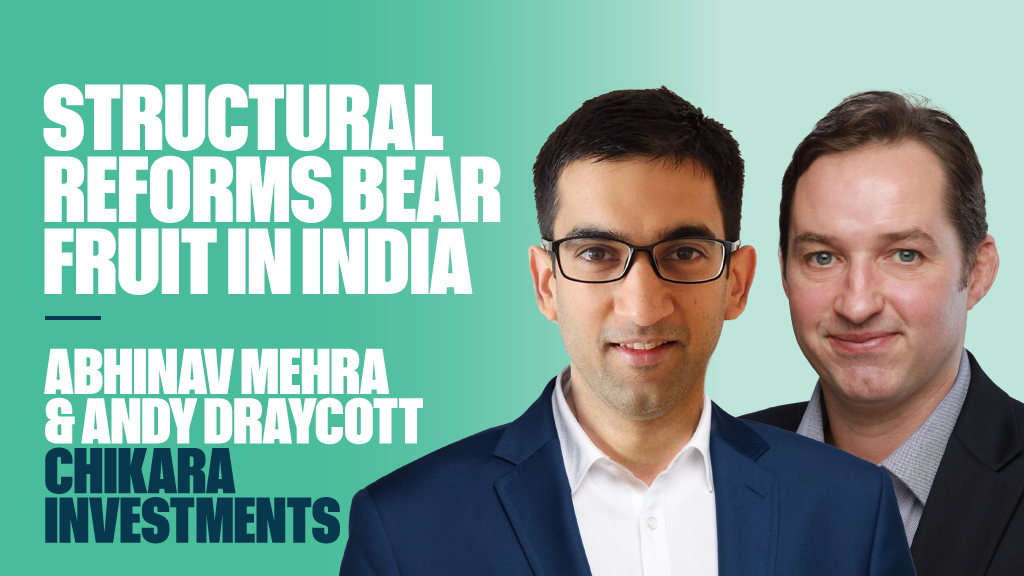More than 530 ETFs are being added to the Investment Association’s (IA) sectors from 19 April in a move fund buyers think ramps up pressure on active funds to improve performance.
ETFs from 11 providers, including Amundi, Blackrock, Fidelity International, First Trust, Franklin Templeton, HSBC Asset Management, JP Morgan Asset Management, Legal & General Investment Management, Lyxor, Vanguard and Xtrackers, are being added to one of the IA’s 52 sectors.
IA director for policy, strategy and research Jonathan Lipkin said the move recognises that ETFs are a “rapidly growing part of the UK fund markets” and will help savers and advisers make comparisons and choose funds to meet their long-term financial goals.
Global ETF assets stood at $8bn (£5.8bn) in February according to data from ETFGI.
A ‘competitive challenge’ to active funds and index trackers
AJ Bell financial analyst Laith Khalaf believes the inclusion marks another step into the mainstream for ETF investing in the UK, while bumping up the “visibility and comparability of ETFs” and providing a “competitive challenge to active funds and index trackers”.
Khalaf added: “As ETFs rise in profile, more investors will likely join the growing throng of converts, and their inclusion in the Investment Association sectors will only serve to accelerate that trend.”
Improving sector performance will put pressure on active
ETFGI founder Deborah Fuhr described the development as “terrific” as it will make it easier for retail investors to see the whole of the market and make a better comparison of products.
She said: “I think it’s a useful addition and we clearly are seeing a lot of money moving into index products as investors become aware of the fact that active funds don’t consistently deliver alpha on a one-, three- and five-year basis.”
7IM senior portfolio manager Peter Sleep (pictured) said most active managers look to benchmark against IA sectors because they underperform the main benchmarks due to their high fees, whereas the IA sectors are easier to beat with fees baked in.
However, as ETFs have much lower fees and better performance over time, the performance of the IA sector will improve slightly, putting pressure on active manager performance as it will be harder for them to beat the IA sectors, according to Sleep.
Global bonds sector to be split to avoid bloating from ETF additions
The inclusion of ETFs will increase the number of classified funds in the IA’s 52 sectors to over 4,100.
As a result of the increase in funds, the IA has also announced that it will replace the Global Bonds sector, which would have increased in size by 50% with the addition of 129 ETFs, with 14 new bond sectors. The new sectors, first mooted in September last year, will ensure savers can compare bond funds based on type of bond, credit type and currency focus.
See also: IA move to split up Global Bonds sector risks confusing casual investors
Ards Ventures founder Adam Laird said in the global bonds sector ETFs have offered “more diversity and more range for investors and it makes sense that the sector averages should reflect this performance”.
Square Mile investment research analyst Paul Angell, described the global bond sector as “catch-all”, adding the move should make fund selection in this space “significantly more straightforward” as investors can assess like-for-like competing funds from a resource, risk and performance perspective.
The Specialist and Global sectors will take onboard the largest number of ETFs, with 79 and 71 ETFs joining each, respectively.
See also: Investment Association seeks to break up ‘bloated’ Global and Specialist sectors
Laird believes the IA will be consulting on splitting up some of the sectors which “don’t make sense” such as the specialist sector which “contains vastly different strategies”.











